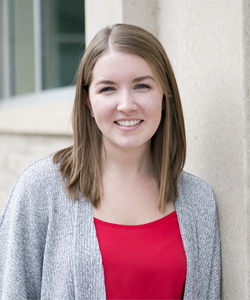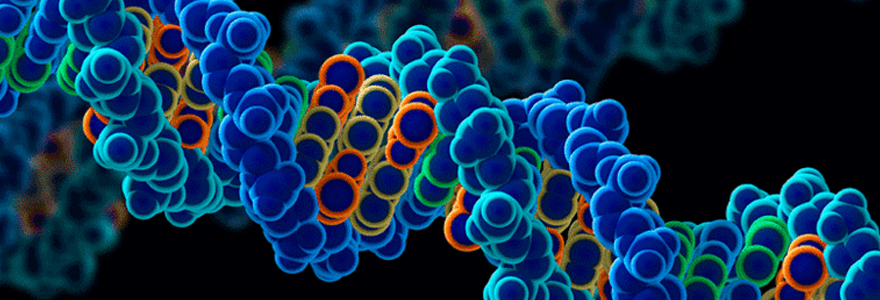Solving a genetic puzzle
By Emily Leighton, MA’13
It has the makings of a strange scientific riddle. Triplets in their late 70s. Identical DNA. Two develop Alzheimer’s disease and one does not.
The monozygotic triplets at the centre of this genetic puzzle are part of the Ashkenazi Jewish population. Two of the triplets developed Alzheimer’s in their late 70s. At 85, the third triplet remained fully functioning in day-to-day life, showing none of the cognitive symptoms associated with the disease.
In addition, one of the affected triplets’ children developed early-onset Alzheimer’s at about 50 years of age.
Allison Dilliott, PhD Candidate with the Department of Biochemistry, was part of the research team investigating the mystery, using next generation gene sequencing technology at Robarts Research Institute. In collaboration with partners at the University of Toronto (UofT), she co-authored a study, recently published in Brain, that tackled the situation from a number of angles.
“In genetics, it’s really interesting to study monozygotic, or identical, siblings,” said Dilliott. “We can get a better understanding of how much of the disease is due to genetics and how much of it is something else.” Dilliott conducted targeted sequencing of 80 genes associated with neurodegeneration, using a customized panel of genes developed through the Ontario Neurodegenerative Disease Research Initiative.
Dilliott conducted targeted sequencing of 80 genes associated with neurodegeneration, using a customized panel of genes developed through the Ontario Neurodegenerative Disease Research Initiative.
She also completed a large-scale, copy number variant analysis to identify if specific genes were duplicated or deleted, but didn’t find anything. “It was good to rule out,” she said, pointing out that determining what is not happening is an important component of scientific research.
During the course of the study, Dilliott discovered three genetic variants, two of which are quite common in the Ashkenazi Jewish population. “We have to be very careful with ancestry in genetics,” she explained. “Once we looked specifically at that ancestry, we saw that the two variants were quite common in the general population and we wouldn't expect them to be contributing to the disease."
Dilliott and the team at UofT were left with one variant in the SORL1 gene, a variant that might be contributing to the disease. “At this point, we can't be certain if it is contributing to the disease or not,” Dilliott said. “It’s a question mark we had to leave in the study.”
The study also looked at methylation, markers placed on genes that can affect how they express proteins. Methylation patterns, which change over time, can predict a person’s age.
“We were curious to see if the triplets had different methylation ages from one another,” said Dilliot. “But they actually had very similar methylation ages, so it couldn’t explain why one individual was not developing Alzheimer’s while the other two were.”
Interestingly, the child who developed early-onset Alzheimer's showed an older methylation age than their chronological age – something that may be contributing to the earlier disease onset, but would not completely explain it.
The researchers acknowledge there is more work to do to get to the bottom of the family’s situation. “It’s very interesting that we didn’t find anything concrete,” said Dilliott. “We have a few clues, but there is still a lot up in the air.”



